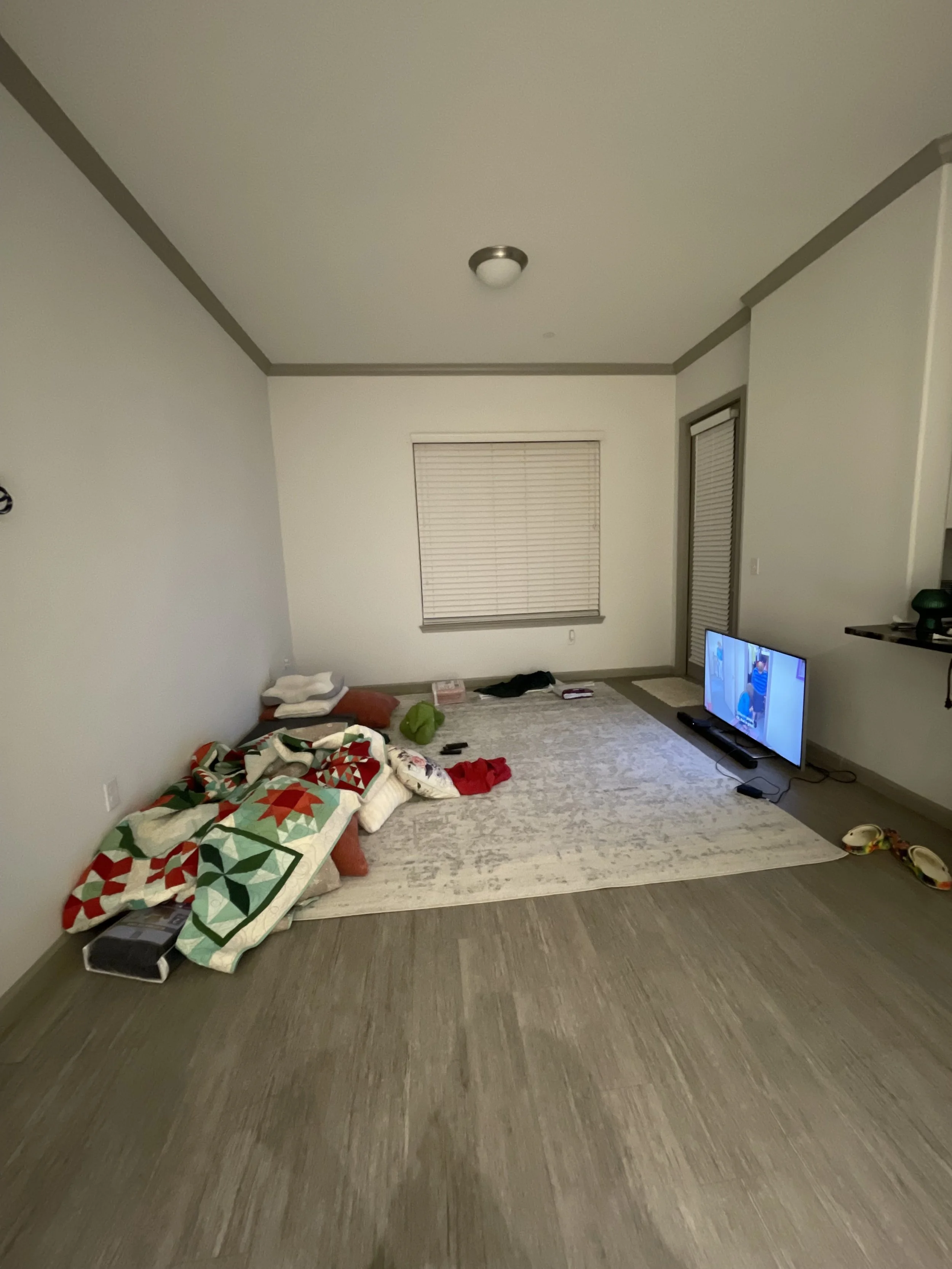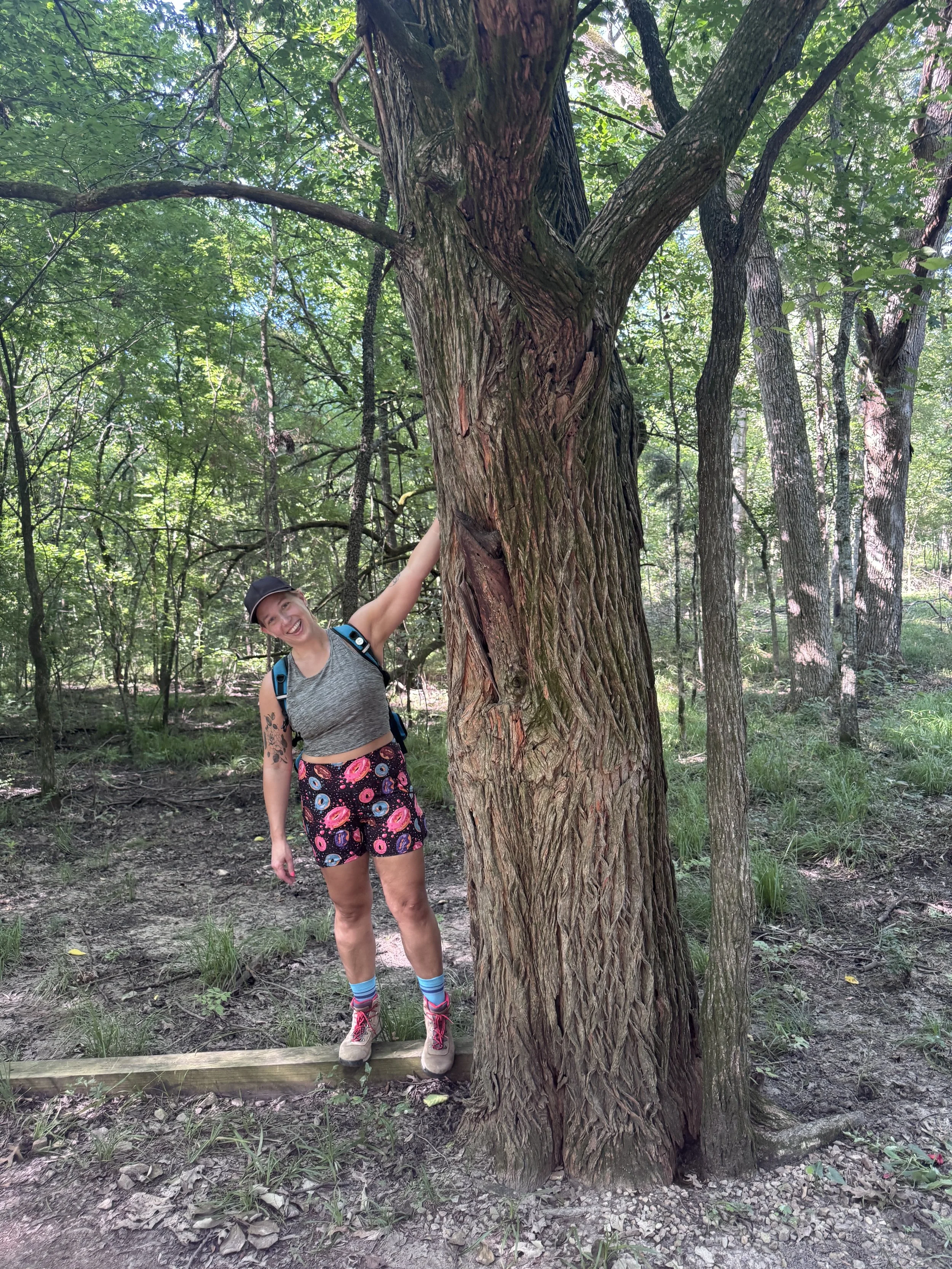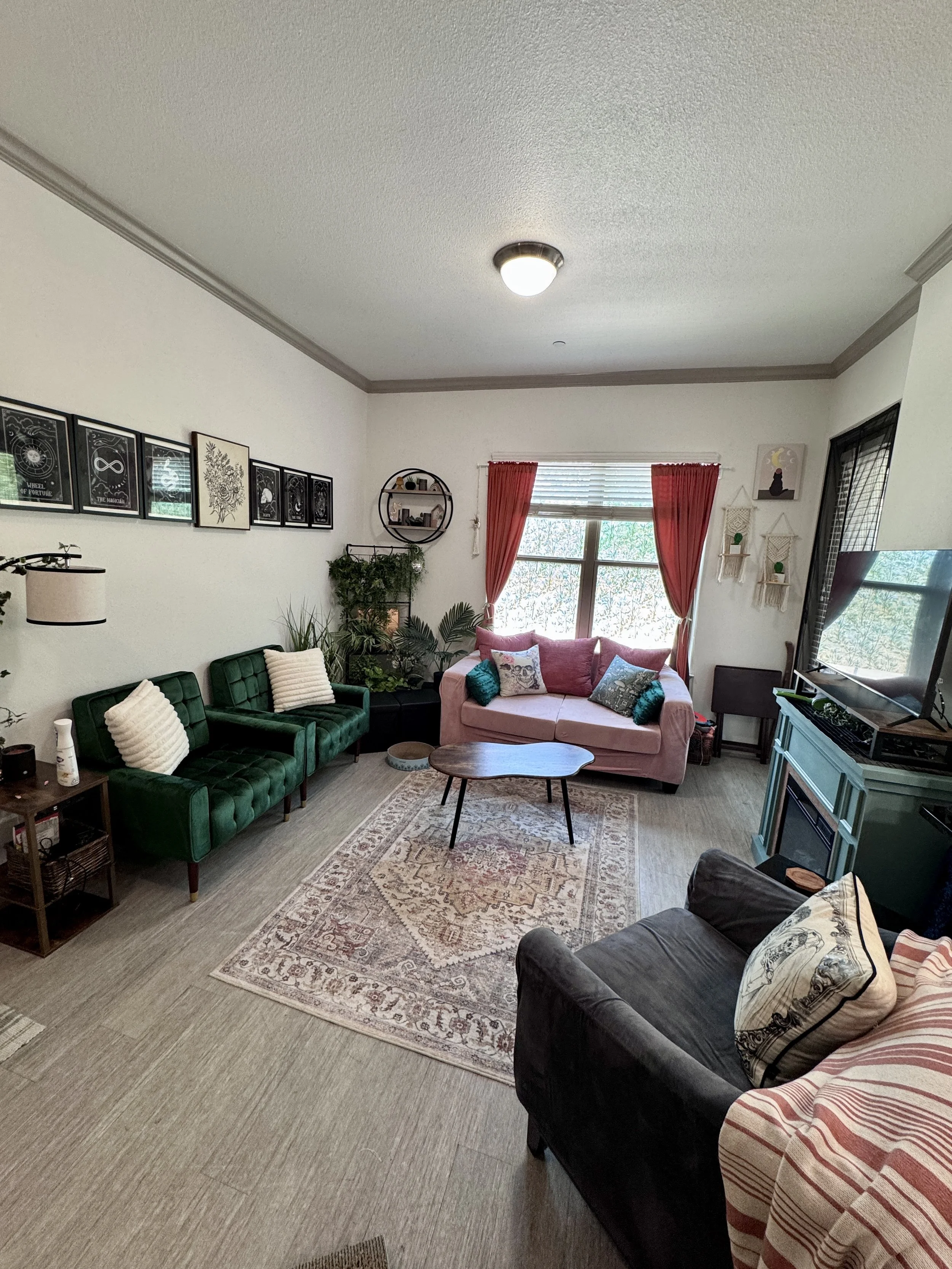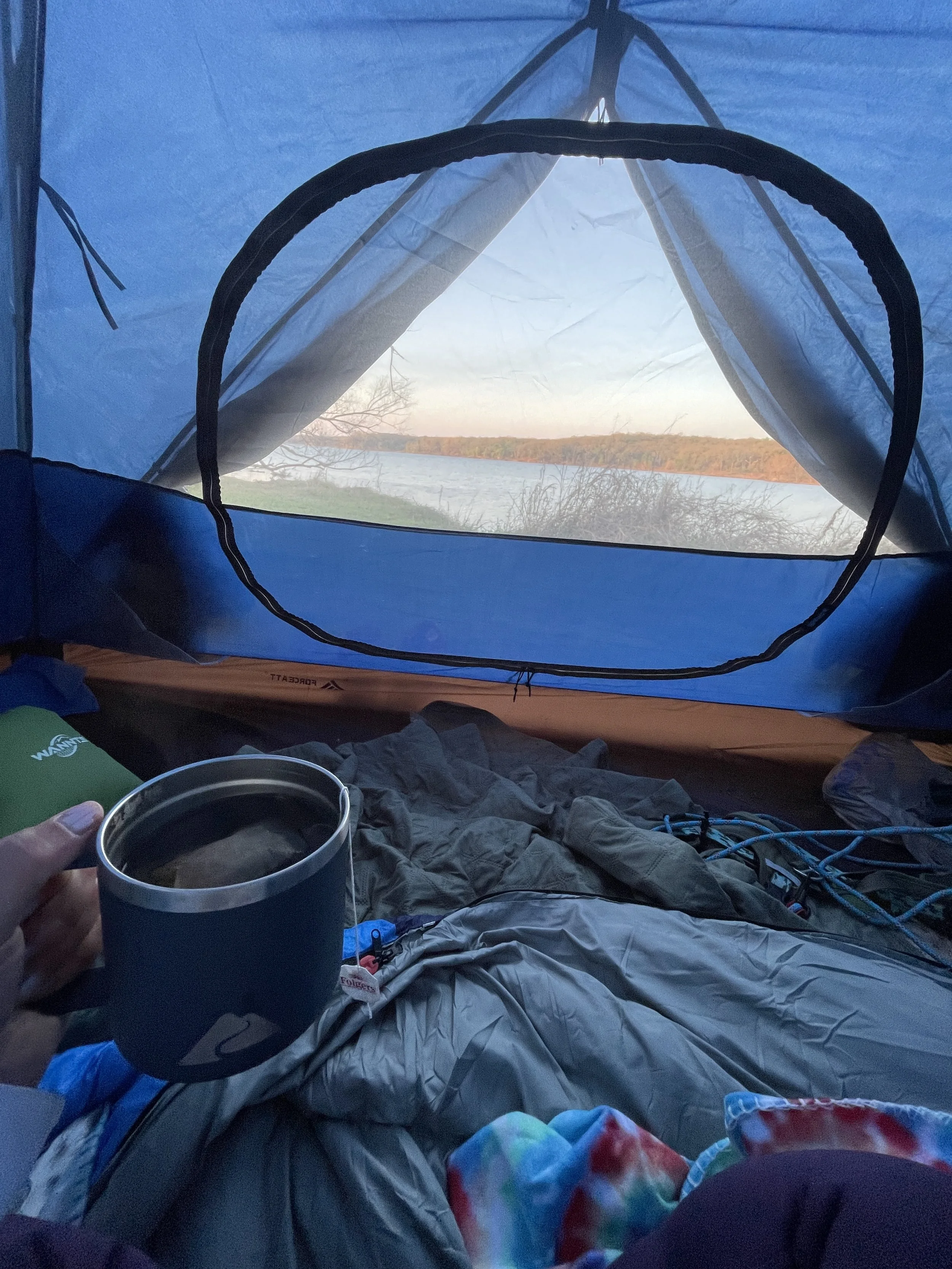From Loneliness to Self-Love: My Journey with Patience
After ending my marriage, I feared the loneliness that would come with waiting.
Instead, patience revealed self-acceptance, creativity, and healing, like nature’s slow and steady growth.
What Nature Teaches About Patience
Patience is not something we’re born with, it’s something we learn, often the hard way. One of the most profound teachers of patience is nature itself. Every time I step into the forest or sit by a field, I am reminded that growth, healing, and transformation cannot be rushed. They unfold in their own time, outside of our control.
Growth Follows Its Own Rhythm
A flower blooms when it is ready. A tree takes years to stretch its roots deep and strengthen its trunk. No amount of urging, pushing, or wishing can make them grow faster. Their timeline is not negotiable, and neither is ours. When I find myself frustrated that things in my own life aren’t moving quickly enough, I remember the calm patience of a tree. Just as it stands firmly through seasons of waiting, I can allow myself to take the time I need to grow into my next stage.
Patience, then, is not passive. It is active trust.
It’s believing that the time I spend waiting is not wasted but essential to my development.
Destruction as Part of Renewal
Sometimes, patience means holding steady when everything feels like it’s falling apart. Storms come and go. Floods displace wildlife. Fires burn through forests. Volcanoes smother entire landscapes. At first glance, these events may look like destruction or setbacks, but nature doesn’t label them as failures. They are simply parts of a larger, intricate system of renewal.
The ash left behind after a wildfire becomes fertile ground for plants that could never have grown otherwise. Life emerges from the very soil that seemed lifeless. That’s patience in action: an understanding that what looks like an ending is often the beginning of something new.
My life has had its share of fires, and moving through this one taught me patience in a new way. Ending my marriage meant stepping into a future I feared, one full of loneliness. I hesitated to leave because I knew the road back to myself would take time: time to rebuild friendships, to make new ones, to rediscover who I was on my own. And I was right. The first year after moving out, at 41 years old, living alone for the first time, I drowned in drinking, trying to numb the emptiness. Nearly 12 months later, I found sobriety. It was a hard and patient kind of renewal: allowing the old life to burn down so something new could take root.
Two years later, that season is still full of aloneness, but it isn’t lonely anymore. Where I expected emptiness, I’ve found self-acceptance and love. My Friday nights are no longer about avoiding silence; they’re about painting, writing, or simply letting creativity lead the way. Weeknights are filled with growth, freedom, and the joy of asking myself what I truly want, what I want to eat, watch, explore, and who I want beside me. Slowly, new friendships are forming. And when love comes again, I’ll be ready to welcome it from a place of deep self-knowledge.
The Cost of Rushing
There’s also danger in rushing. If you interrupt a growing season or try to force nature’s hand, you disrupt a cycle that is needed for balance. The same is true for us. When I try to take shortcuts, I may get a quick result, but I miss the depth that comes from steady growth.
Patience allows for regrowth, for strengthening, for a deeper rooting of the lessons I am learning. Without it, I rob myself of the resilience that only comes from enduring the full cycle.
Living With Nature’s Patience
Patience isn’t glamorous. It doesn’t give us the satisfaction of instant results. But nature shows us that it gives something far more valuable: sustainability, resilience, and the ability to keep going.
When I feel restless, I remember the quiet wisdom of the forest. Growth takes time. Renewal comes after fire.
What feels like waiting may actually be the most important season of all.





